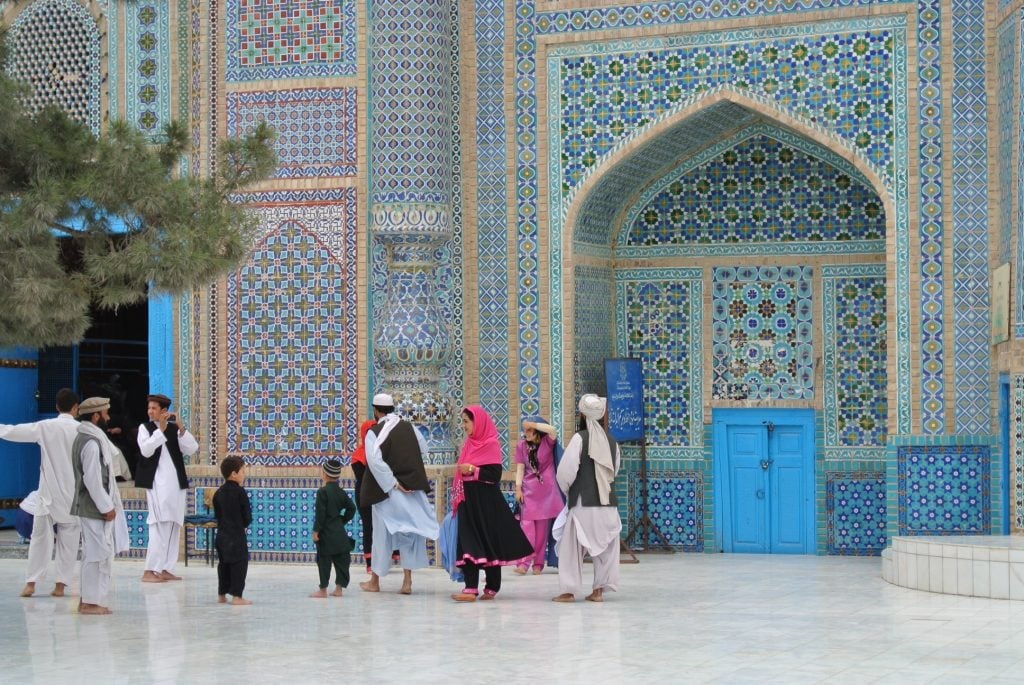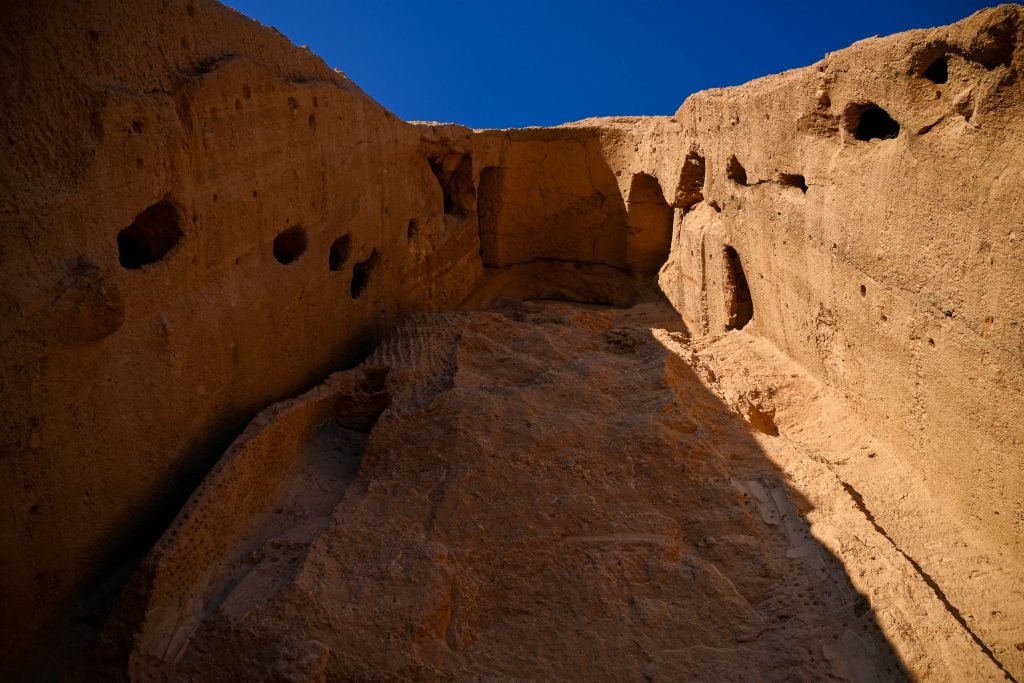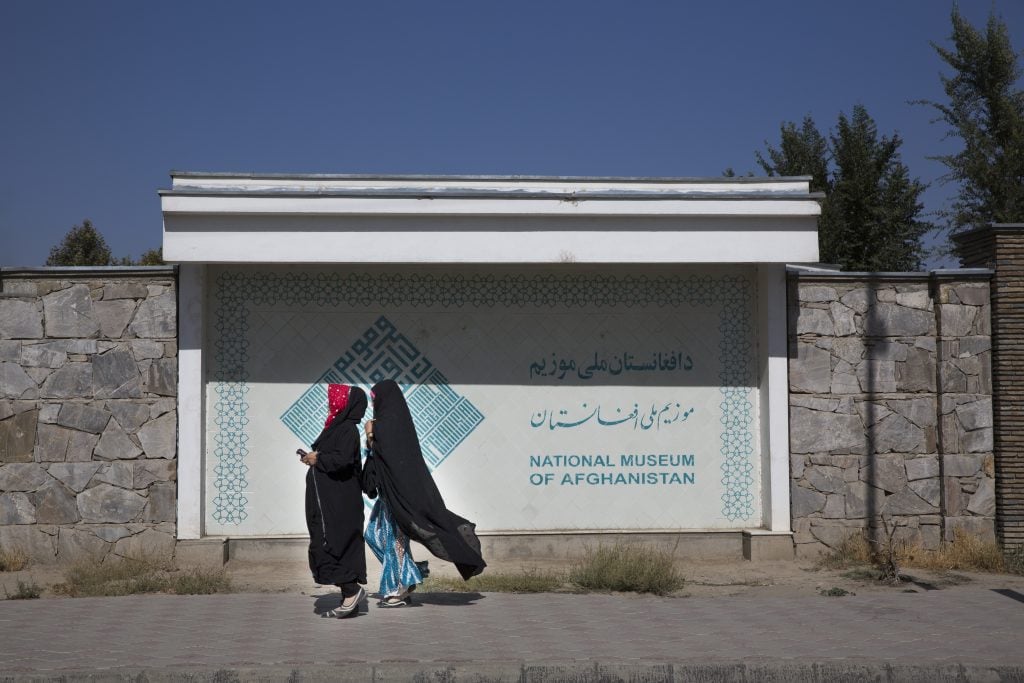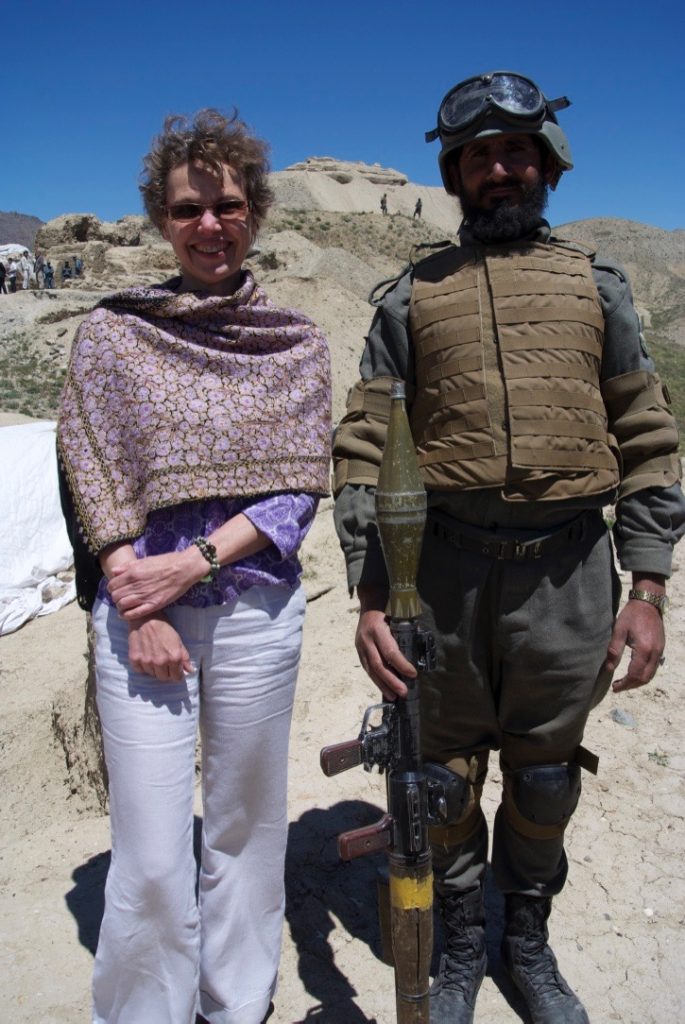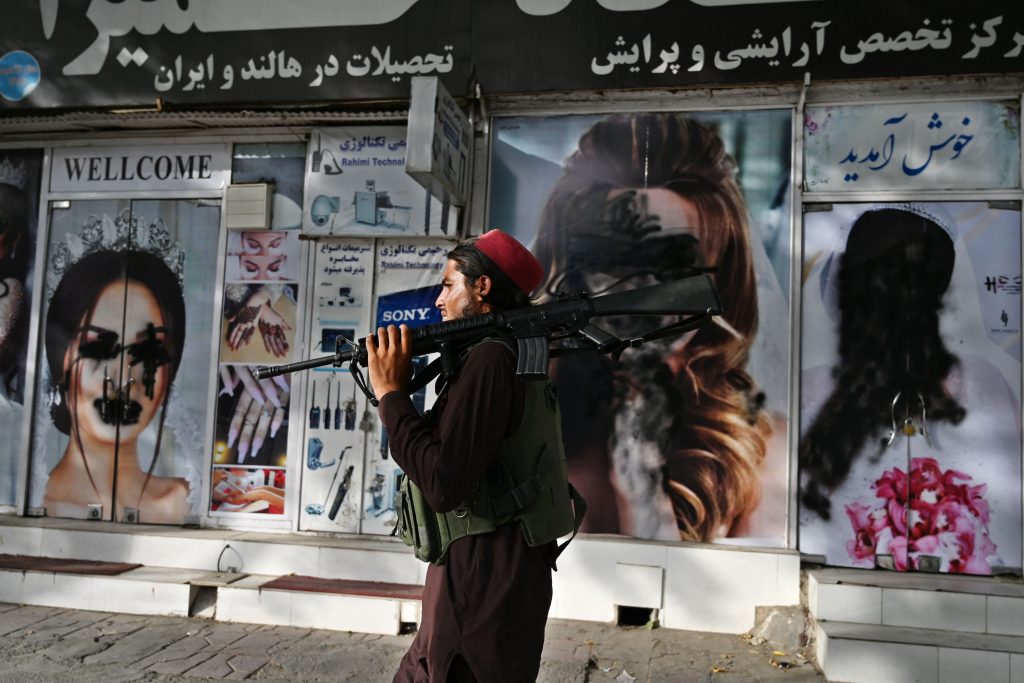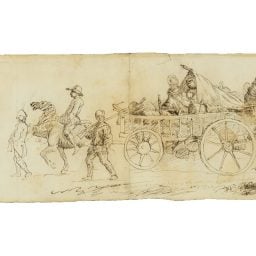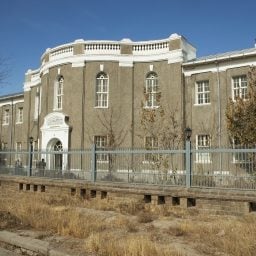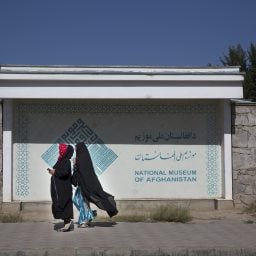Most Afghans on the ground in Kabul were apprehensive to speak to this reporter out of fear for their safety. “Everyone is holding their breath waiting to see what will happen,” said one Afghan female arts practitioner. “In the Taliban press conference, they said women will have rights under Sharia law, but obviously creatives are afraid because previously the Taliban rule was extremely strict. You weren’t allowed to have images as it was seen as idolizing or haram, ‘forbidden.’ I don’t know what this means for artists in Afghanistan or female artists.”
The Challenges of Outreach
Some cultural organizations with ties to Afghanistan are looking to raise money to support locals—but even that is far from simple. Afghan Visual Arts & History (AVAH), an independent research collective founded by a group of Afghan artists and curators in 2019 to combat the lack of information about Afghanistan’s rich heritage and contemporary artists, is working with Afghan cultural organizations like Marcaz to stage a print sale to raise funds.
“It is a nightmare getting any funds into the country,” one Kabul resident said. “All the banks in Kabul are closed right now following the panic. Many people cashed out and fled the country following the Taliban takeover.”
AVAH’s founders are working to find a local organization with which to partner to ensure the money is in safe hands.
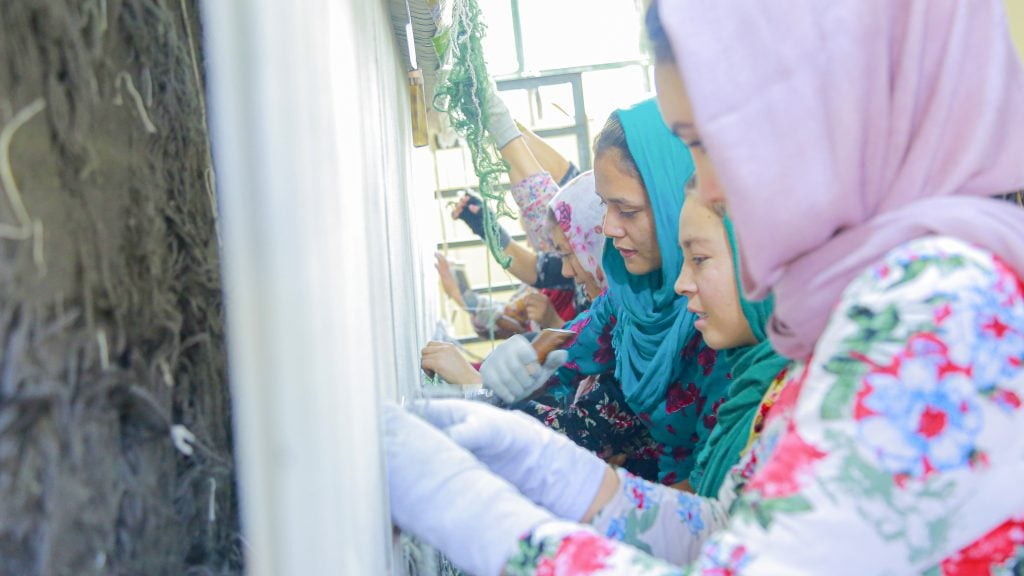
Afghan women weaving. Courtesy of Tanweer FBMI.
Some arts and crafts organizations, meanwhile, haven’t ceased operations or closed their factories. A regional director of Tanweer FBMI, which supports women creating Afghan carpets and other artisanal wares all over the country, said his organization is used to dealing with the Taliban.
“We are present in the communities in the south, areas where the Taliban have always had a presence,” Farshied Jabarkhyl, an Afghan based between Dubai and Kabul, explained. “In certain areas in Afghanistan, people have lived under the Taliban, and our only aim is to employ women in those areas in order to empower them.”
“Our factories and operations are still running, and the women are still working. Our model allows women to work from home, use their skills and importantly, their heritage, to create artisanal items. We employ them while also helping their children go to school. We have no political affiliations.”
Sadness and Fear
It is not just fear that Afghans are experiencing—there’s also sadness and bewilderment about the possible return of a situation they thought would never take place again.
“This is a huge disappointment not just for Afghans but for the international community,” said Jabarkhyl, who was born in London to Afghan parents. “All the hopes, all the investment and lives lost. All the hard work and commitment by the international community to rebuild Afghanistan to support the underprivileged and the poor seems to have disappeared.”
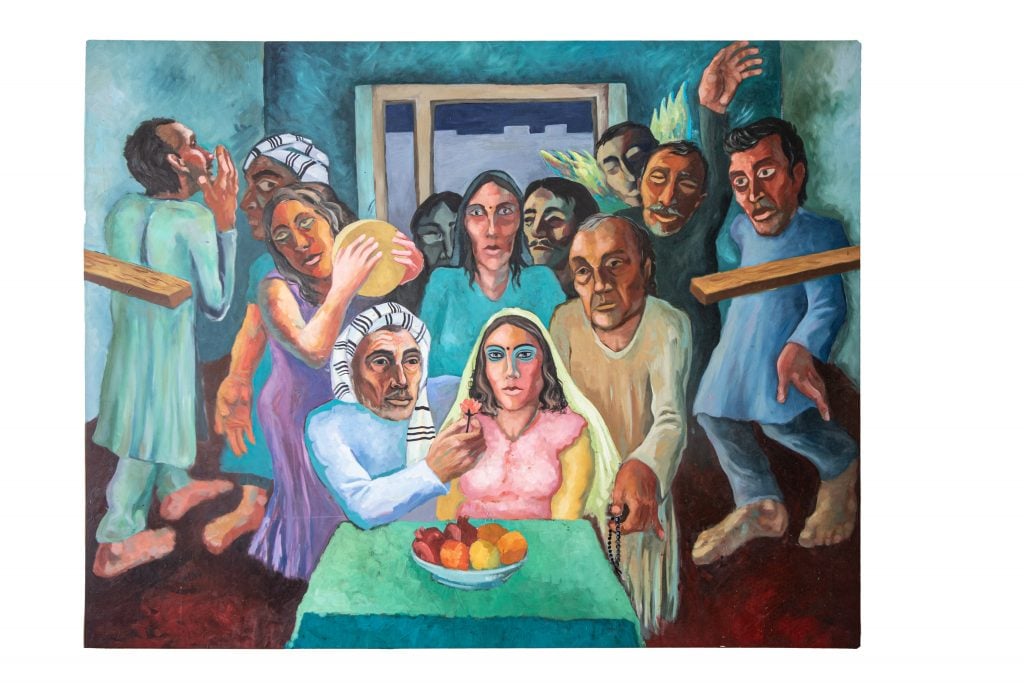
Reza Hazare, Afghan Wedding (2009). Image courtesy of AVAH Collective.
As Afghans await their fate, many are trying to cling to some form of hope that the empowerment and cultural development fought for over the past two decades won’t go to waste. Hopefully, as Jabarkhyl said, “This time things will be different—we won’t lose everything we have worked so hard to achieve.”
